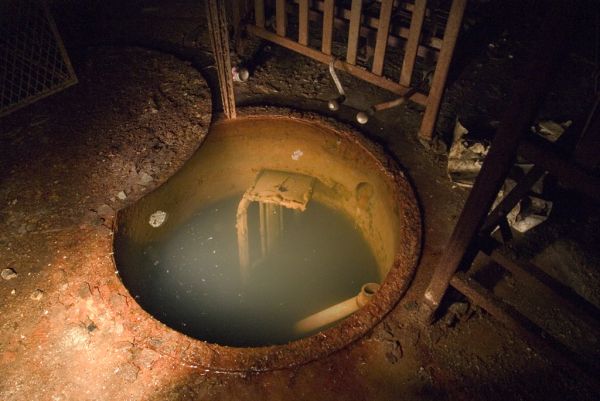
/https://www.thestar.com/content/dam/thestar/uploads/2019/04/12/81e118ef955c461da84b5111bafd3f4d-d11a17372b4646f488f5c3e7752edf6-0.jpg)
Stellar-mass black holes are created when massive stars explode, leaving behind a black hole with the mass of just a few suns.

The most common types of black holes are the stellar-mass and supermassive black holes.

They are massive objects – collections of mass – with gravity so strong that nothing can escape, not even light. “We can go back to the earlier stages of the evolution and try to understand the secrets of black hole astrophysics.Black holes are among the strangest things in the universe. “That has implications for how stars evolve and form black holes,” Varma said. The researchers said that inquiring about the fastest spinning black hole helps researchers learn more about individual binary black hole systems, or a whole population of binary black holes, such as those observed via gravitational waves by the LIGO-Virgo collaboration. “You wouldn’t try to measure the sweetness of the coldest juice because that’s a convoluted question, especially if both of them are the same temperature.” “You would measure the temperature of the coldest juice that you’re tasting and the sweetness of the sweetest juice,” she said. “We are especially interested in systems that have spins because they carry a lot of astrophysical information that can tell us how these binaries were formed in the first place,” said Varma, an expert on developing ‘surrogate models’, which allow researchers to determine characteristics of black holes based on supercomputer simulations.īlack holes are incredibly heavy and dense, Varma said, typically 10 to 30 times more massive than the sun, sometimes heavier, but packed into a space about the size of Hawaii.īiscoveanu compared measuring the mass and the spin of a binary black hole system to measuring the temperature and the sweetness of two juices. This system is particularly interesting, the researchers said, because it is the most massive detected to date, and it also demonstrates evidence for a unique spin signature that hadn’t previously been observed. Varma and collaborators (lead author Sylvia Biscoveanu, Maximiliano Isi and Salvatore Vitale, all from the Massachusetts Institute of Technology) were inspired to pursue this line of research while studying data from GW190521, a binary black hole system detected by LIGO, a very sensitive instrument which detects gravitational waves from astronomical objects, including black holes. The team reframed the question to look directly at the spin of the black hole with the highest spin and the black hole with the lowest spin. “We realized that for systems where the two black holes in the binary have equal masses or close to equal masses, it’s hard to measure the spin,” Biscoveanu said. Credit: Aurore Simonnet/LIGO-Caltech-MIT-Sonoma State Their finding potentially changes the way scientists study black holes, which provide insight into general relativity and our knowledge of the evolution of stars, among other large questions.Īn artist’s conception shows two merging black holes similar to those detected by LIGO. This refocus on the black holes’ spins, rather than their masses, gives a new importance to spin measurements in binaries in which the masses of the two black holes are nearly equal – “which appear to be the majority,” they wrote. “Rather than attempting to identify the spin of the heaviest and lightest of the two objects, as is usually done, we infer the properties of the objects with the highest and lowest spin,” the researchers wrote. The researchers applied the new method to analyze binary black hole data gathered by the LIGO and Virgo gravitational wave detectors. In “New spin on LIGO-Virgo binary black holes,” published in Physical Review Letters on April 29, 2021, Varma and collaborators proposed a novel way of studying binary black holes by identifying each of their individual component black holes by their spins – rather than their masses – which leads to an improved measurement of the spins.


 0 kommentar(er)
0 kommentar(er)
